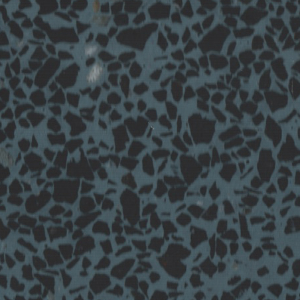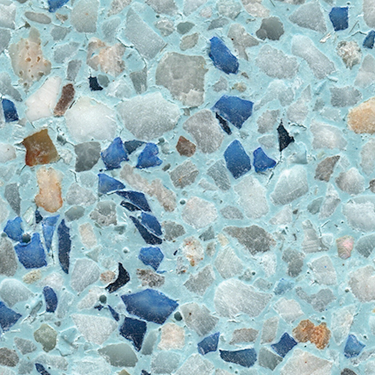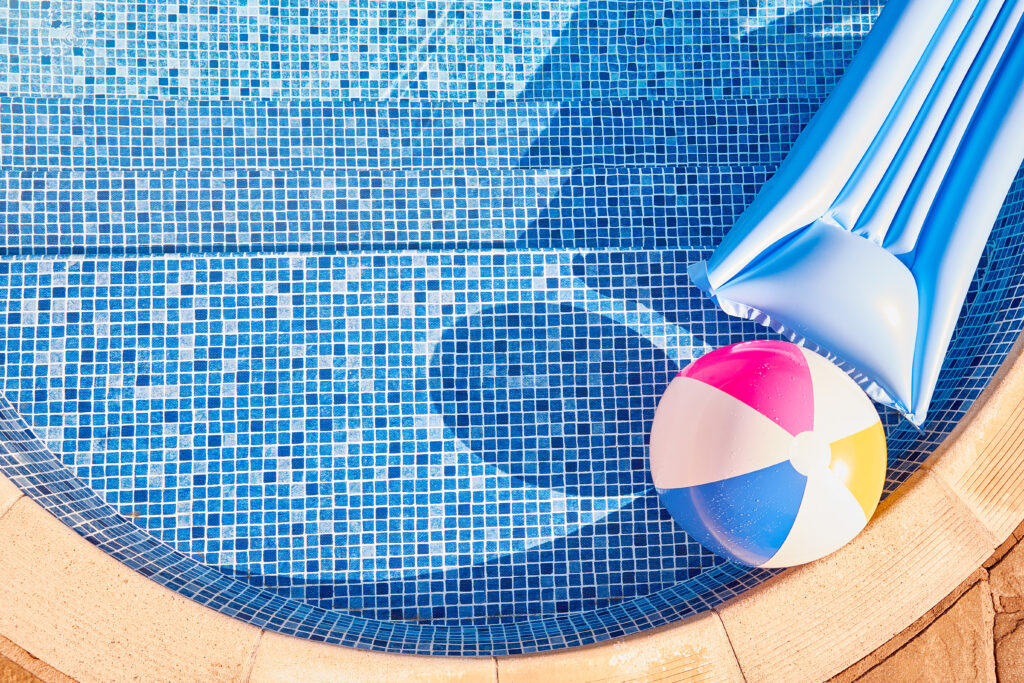When it comes to pool renovation, one of the most important decisions you’ll make is choosing the right finish. The pool finish not only impacts the aesthetics of your pool but also its durability, maintenance needs, and overall feel. With so many options available, selecting the best pool finish can be overwhelming. In this guide, we’ll explore the different types of pool finishes, their pros and cons, and tips on how to choose the perfect finish for your pool renovation.
Why the Pool Finish Matters
The pool finish is the final layer that lines the interior surface of your pool. It plays a crucial role in the pool’s overall appearance, feel, and longevity. A high-quality finish can enhance the water’s color, complement your backyard design, and withstand the elements for years to come. Conversely, a poor choice can lead to frequent repairs, higher maintenance costs, and a less appealing look.
Types of Pool Finishes
There are three primary types of pool finishes: plaster, aggregate, and tile. Each offers a unique set of characteristics that can influence your decision.
1. Plaster Finishes
Traditional White Plaster
- Overview: White plaster is the most common and budget-friendly pool finish. It provides a smooth, classic look that many pool owners appreciate.
- Pros: Affordable, smooth texture, easy to apply
- Cons: Prone to staining, etching, and cracking over time; requires regular maintenance
- Best For: Homeowners on a budget or those who prefer a traditional pool appearance
Colored Plaster
- Overview: Colored plaster offers the same benefits as white plaster but with added color options to enhance the pool’s aesthetics.
- Pros: Adds visual interest, can create different water hues
- Cons: Susceptible to discoloration and fading over time; maintenance-intensive
- Best For: Homeowners looking for a cost-effective way to add color to their pool


2. Aggregate Finishes
Exposed Aggregate
- Overview: Exposed aggregate finishes consist of a mix of plaster and small stones, glass beads, or quartz crystals. The surface is polished to expose the aggregate, creating a textured look.
- Pros: Durable, slip-resistant, visually striking, low maintenance
- Cons: Rougher texture compared to plaster; higher initial cost
- Best For: Those seeking a long-lasting, unique finish with a natural or luxurious appearance
Polished Aggregate
- Overview: Polished aggregate finishes use finer materials like marble or quartz, which are smoothed to create a glossy, reflective surface.
- Pros: Elegant appearance, smoother texture than exposed aggregate, highly durable
- Cons: More expensive than plaster and exposed aggregate; can be slippery when wet
- Best For: Homeowners desiring a high-end, polished look with minimal upkeep
3. Tile Finishes

Ceramic and Porcelain Tile
- Overview: Ceramic and porcelain tiles are a versatile and durable option that can be used to cover the entire pool or as an accent.
- Pros: Highly customizable, long-lasting, easy to clean
- Cons: Higher cost, more labor-intensive installation
- Best For: Those looking for a completely customizable pool design with intricate patterns or mosaics
Glass Tile
- Overview: Glass tiles offer a luxurious, iridescent look that can create stunning visual effects in the water.
- Pros: Reflective and vibrant, resistant to staining and fading, easy to clean
- Cons: Premium cost, requires skilled installation
- Best For: Homeowners who want a striking, modern pool finish with a unique, high-end appeal
Factors to Consider When Choosing a Pool Finish

Choosing the best pool finish involves more than just picking the one that looks the nicest. Here are some key factors to consider:
1. Budget
Your budget will play a significant role in determining which pool finish is right for you. Plaster is the most cost-effective option, while tile finishes, especially glass tiles, tend to be the most expensive. Consider both the initial installation cost and the long-term maintenance expenses when planning your budget.
2. Durability
If you’re looking for a finish that will stand the test of time, aggregate and tile finishes are your best bets. These materials are more resistant to staining, chipping, and wear compared to plaster, making them ideal for long-term durability.
3. Maintenance
Consider how much time and effort you’re willing to invest in maintaining your pool. Plaster finishes require more regular upkeep to prevent staining and etching, while aggregate and tile finishes are easier to maintain.
4. Aesthetic Preferences
The finish you choose will greatly influence the look and feel of your pool. If you want a classic, simple appearance, plaster may be your best option. For a more dynamic or luxurious look, consider aggregate or tile finishes, which offer more texture, color, and design possibilities.
5. Comfort and Safety
The texture of the pool finish can affect the comfort of swimmers. Smoother finishes like plaster and polished aggregate are more comfortable for bare feet, while rougher textures like exposed aggregate provide better slip resistance but may be less comfortable for extended use.
6. Pool Location and Climate
The climate in your area can also impact your choice of pool finish. For instance, lighter-colored finishes can help keep the pool cooler in hot climates, while darker finishes can absorb heat, warming the water.
Final Thoughts
Choosing the right pool finish for your renovation is crucial to achieving the desired look, feel, and functionality of your pool. By carefully considering your budget, durability needs, maintenance preferences, and aesthetic goals, you can select a finish that not only enhances your pool’s appearance but also ensures its longevity and ease of care.
Whether you opt for the classic appeal of plaster, the durability and texture of aggregate, or the elegance and customization of tile, the perfect pool finish is out there waiting to transform your pool into a stunning, inviting retreat.


